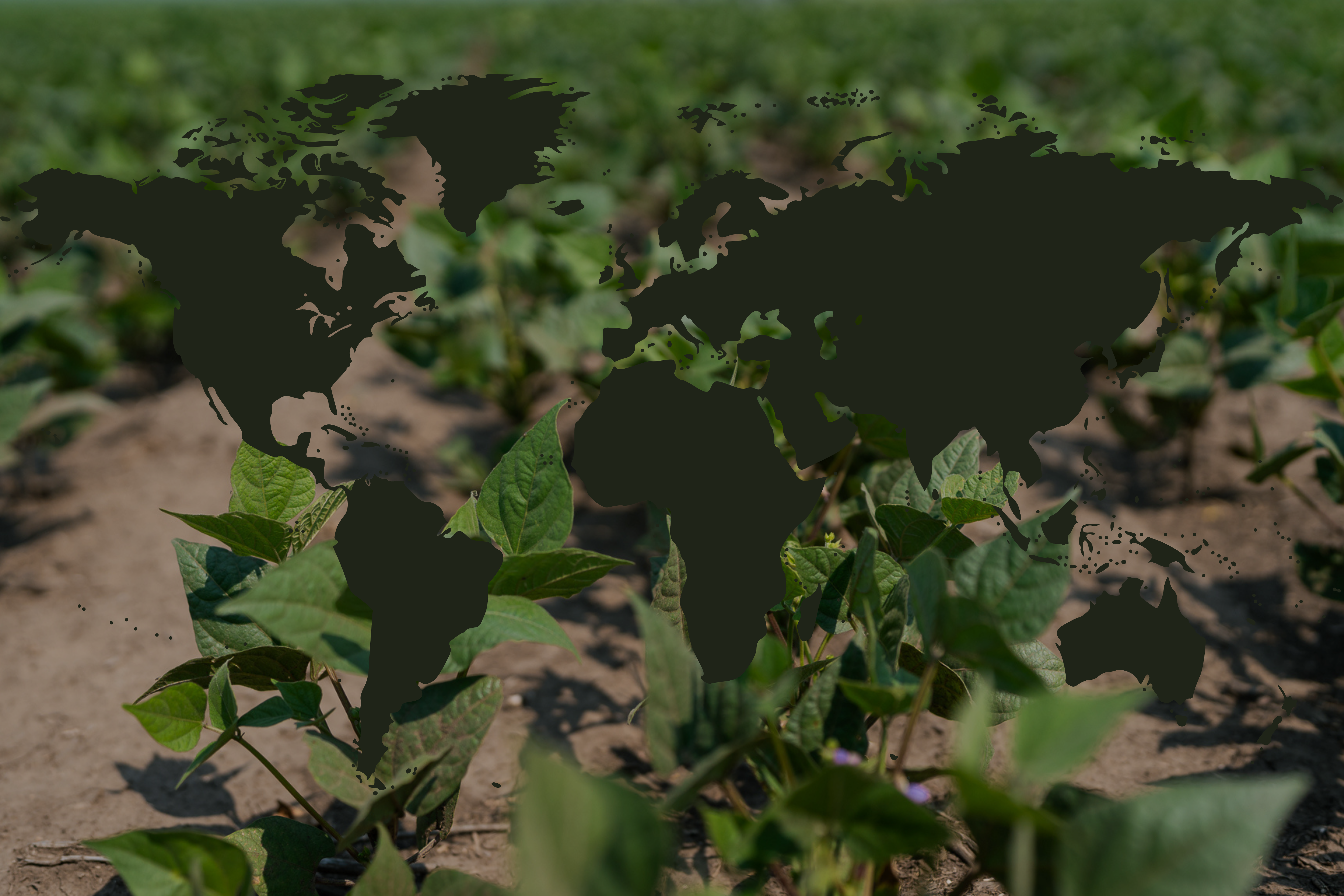By Peter Semmler, Australian Global Brokerage
June 2024
Harvest came and went without too many issues, much as outlined in the last report. Certainly the crops in Victoria were impacted by rains in December which caused downgrading of the crops still to be harvested for both quality and yield. Overall the yields for all pulses were down mainly due to the dry finish in most states apart from Victoria.
Exports have been at a cracking pace as can be seen from the below table. Unfortunately the reports from the Bureau of Statistics are delayed by two months so we can only provide numbers up to March 31. Hence, the true supply situation is not apparent from the table. In fact at the end of May faba beans are very short, and Desi chickpeas are getting short. The shortage of faba beans has been further exacerbated by the drought conditions prevailing in the Southern states, meaning farmers have been feeding beans to their livestock.
For Western Australia, South Australia, and Victoria, the first five months of this year have been the driest in recorded history. As a consequence the opening to the season has been far from normal. In these three states nearly all the crops have been dry-sown without any moisture. The consensus estimate is that planting is over 90% completed. There are a small number of areas where there were abnormal, minimal rain events and in these area the crops – especially lentils – have emerged. In the majority of areas nothing has happened.
The farmers and agronomists we polled do not seem overly phased with the current situation, their rationale being that late openings to the seasons are not new and if/when the rain events do occur, the ground is still warm, therefore emergence should be quick. Lentils will thrive in the current conditions with their small water footprint, however there is minimal rain forecast in the next two weeks and not much thereafter. So what does this mean for the various pulses?
Lentils
Lentils are predominantly grown in South Australia and Victoria, and from what we gathered, planting is close to completion. There has been an uptick in the area planted to lentils of around 10%. The majority of these plantings have been in the non-prime areas for lentils, as farmers there are chasing the better returns, so a 10% increase in area does not mean a 10% increase in production. The moisture situation is very different between West & South Australia and Victoria. In the former two states, there has been no rain of any substance for five months meaning the subsoil moisture is quite deep. Victoria, however, had significant rain at harvest time, meaning there is good subsoil moisture and it will not take a lot of rain to connect both.
With the serious uncertainty about adequate rain, it is very hard to predict the crop size for 2024. Consensus view amongst traders is an estimated production of about 1.3 million tonnes providing reasonable rainfall which may be a big call. We spoke with Ag Pulse Analytica and their view was very similar.
Faba Beans
The area planted to faba beans has been slowly declining over the last number of years as farmers have found ways to successfully grow lentils in the same ground. This will be further accentuated in New South Wales (NSW) and Queensland farmers switching from fabas to Desi chickpeas. We are anticipating production of around 400,000 tonnes.
Desi Chickpeas
The conditions from middle NSW to Central Queensland are excellent for Desi chickpeas. There has been widespread heavy rain over Central NSW to Southern Queensland. While these rains caused damage to the summer crops of sorghum and mung beans, they were a godsend for the following winter crops.
There was good interest for Desis due to the very good moisture. Interest went skyward when the Indian Government removed the significant import duty on Desis. Prices jumped some AUD $300 overnight and farmers rushed to plant.
Speaking to several traders and Ag Pulse Analytica, their estimate of planted area is around 700,000 hectares and crop estimates from 1.1 to 1.4 million tonnes. Central Queensland is a little dry comparatively, but planting can continue there for another two to three months. Everything is looking very good for this year’s Desi production. Some new crop trades are reported at equivalent to US $790 delivered Brisbane packer.
In conclusion, the pulse market is at a very interesting stage. The Desi crop has excellent potential. Lentils, fabas, and peas, while being over 90% planted, are now in the hands of the weather gods.
June 2024 Australia Pulse Market Update
| SURVEY | Chickpeas | Faba Beans | Field Peas | Lentils |
|---|---|---|---|---|
| Estimated Planted Area, June 2024 (hectares) | 770,000 | 295,000 | 180,000 | 690,000 |
| Estimated Production, June 2024 (tonnes) | 1,250,000 | 400,000 | 200,000 | 1,300,000 |
| ABARES Estimated Production, Sept 2023 (tonnes) | 532,000 | 467,000 | 238,000 | 1,228,000 |
| Traders Estimate, Nov 2023 (tonnes) | 400,000 – 450,000 | 450,000 – 475,000 | 175,000 | 1,300,000 – 1,350,000 |
| Export Data (tonnes) | ||||
| October 2016 to September 2017 | 2,269,864 | 414,692 | 253,035 | 858,954 |
| October 2017 to September 2018 | 821,235 | 295,263 | 130,464 | 507,958 |
| October 2018 to September 2019 | 334,296 | 283,125 | 79,415 | 361,072 |
| October 2019 to September 2020 | 357,904 | 325,352 | 52,488 | 697,960 |
| October 2020 to September 2021 | 876,155 | 568,606 | 120,309 | 864,403 |
| October 2021 to September 2022 | 591,819 | 624,734 | 205,048 | 939,474 |
| October 2022 to September 2023 | 706,744 | 534,937 | 124,337 | 1,745,860 |
| October 2023 to March 2024 | 363,069 | 304,040 | 54,181 | 863,163 |
| Tonnes shipped as % of Trader Estimate | 85 | 60 | 31 | 65 |
Data sources: Pinion Advisory, Agpulse Analytica, Australian Bureau of Statistics, ABARES

Source: Australian Bureau of Meteorology
Peter Semmler is the Principal of Australian Global Brokerage. He can be reached at peter@agrisemm.com.



